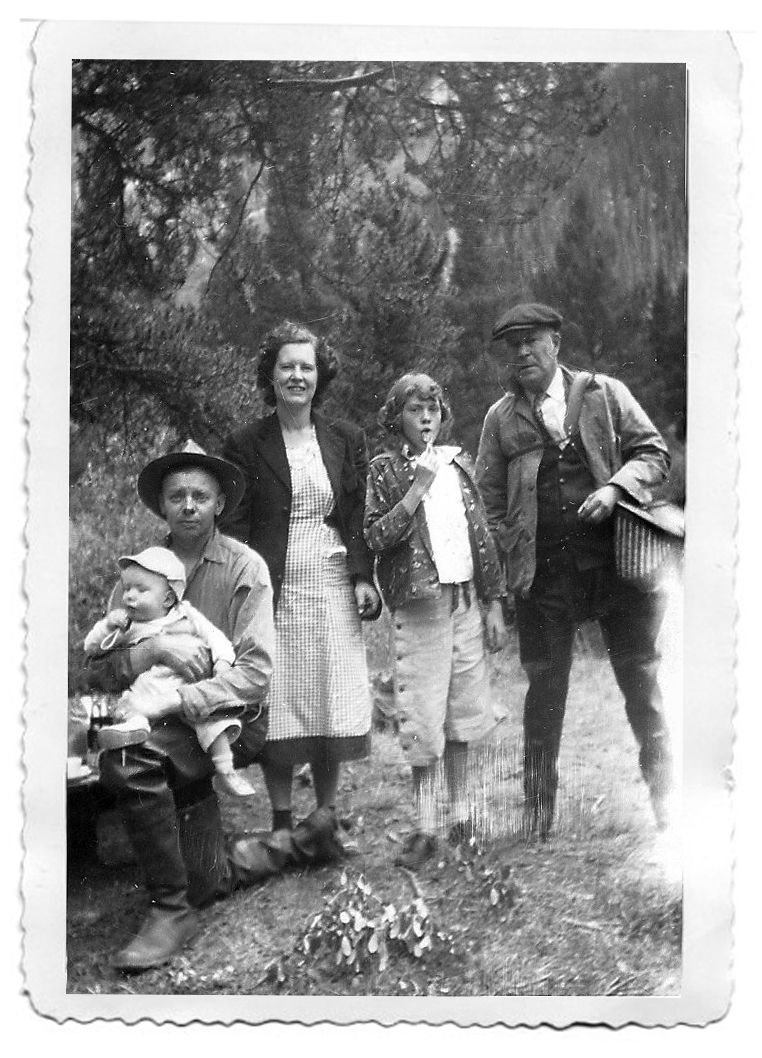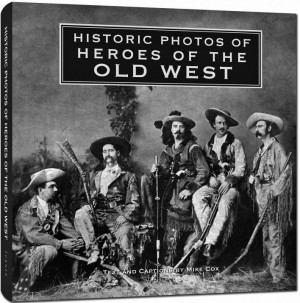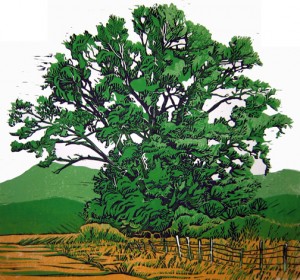by Matt Hakala
Editor’s note: Matt Hakala spent his early childhood in Leadville and Buena Vista. He attended the same elementary school as his parents (where his paternal grandmother was his mother’s third grade teacher). But it wasn’t until years later that he would discover just how much of his family history sprung from the Upper Arkansas River Valley. Below, Matt weaves together strands of that family tree.

1895. Brittie Eleanor Johnston stands next to her best friend, Eula Younger. They both hold their favorite dolls. Their teacher stands behind them in a black and white striped blouse. It is a crisp spring day and the class is having its picture taken in front of their schoolhouse in Malta, Colorado. Across the valley, sunlight shimmers off the snows of Mt. Massive. Steam whistles blow from the nearby D&RGW train station where Brittie’s dad works as a coal chute tender and car repairman. Eula’s daddy owns a ranch, but he’s away, riding with his friends, Jesse and Frank James. The teacher instructs her students to be still as the photographer, tucked beneath his black curtain, slides open the aperture and the moment is captured in silver salts adhered to plate glass.
Brittie grew up in this burgeoning railroad community four miles south of Leadville. In 1899, her father became postmaster of Malta and her mother ran the general store. Three years later a brand new schoolhouse was built to replace the old one. She attended 6th and 7th grades in that brand new building (the little red schoolhouse) and returned, after high school and two years of college, to teach. One day she was introduced to the new Malta station agent, a young man named William Winters Martin who had been transferred from the switching station at Pando. She was struck by his handsome looks and professional demeanor. They fell in love and, in 1912, were married. Brittie moved into the living quarters of the depot where their first two children were born. The second child arrived at night. The doctor held the baby up and by the light of a kerosene lamp announced to the proud mother she had a red haired girl. They named her Phyllis Nadine.
Edwin Vaino Hakala was born the seventh child of John and Ida Hakala in their home near the railroad trestle passing through Finntown, a community located up East Fifth Street above Leadville. John worked in the nearby Greenback Mine and played trumpet with the Finnish brass band, an ensemble well known for their fine outfits and excellent talent. Ida maintained a safe and nurturing home which was often converted into a pastorage as she regularly hosted the traveling priests. Both made the journey across the Atlantic from townships along the northwestern coast of Finland and met in Finntown as members of a temperance society called the Evening Star. They worked together to help build Temperance Hall and, in 1895, became the first couple to be married in it.
In 1915, John Hakala died from silicosis, a common miner’s disease. Engineers on trains that passed overhead on the trestle threw coal from the engines so the widow and her children might have heat for their home. Edwin Vaino was then five years old. He attended school until eighth grade, when he began working the lettuce fields outside Pando (where Camp Hale would later be located). At age 18 he became night clerk at the Vendome Hotel, previously known as The Tabor Grand, until the U.S. military drafted him into service during W.W. II. He served four years with the AA gun battalion and received the Purple Heart for injuries he sustained. Upon return from Europe he went to work at the Climax Molybdenum mine on Fremont pass. The schoolteacher at the local Climax School was a striking, competent, red-haired young woman named Phyllis Nadine (who also taught, like her mother before her, at the single room schoolhouse in Malta). Edwin and Phyllis began courting. In 1946, they were married and moved in with his mother who owned a small home on East Fifth. Months later they bought a house on West Seventh Street and had a baby boy who died tragically in infancy. Two years later my father, William Robert, was born.
Eunice Sneddon loved chasing shadows of clouds drifting across the plains north of Salida atop her mare named Macaroni. Her father owned a farm and her heart was broken when he lost it to foreclosure in 1935 and moved the family to Leadville to work a mine near Turquoise Lake. Her mother, Phylla, had a difficult time leaving as well. She was the eldest of eleven siblings born to J.B and Rebecca Sage, who homesteaded the area in the 80‘s. Phylla was very close to her brothers and sisters and called the beautiful valley beneath Mt. Shavano their home. The Sneddons bid a painful adieu to their many cousins and siblings and made the lonely trek north along the Arkansas River.
1935. George Conklin was Mayor of Leadville. His wife Gertrude gave piano lessons, and he would often accompany her on his violin at social gatherings around town. They had five children and life was truly enjoyable until stomach pains forced him to visit the hospital in Salida where, due to post-surgical complications, he died at the age of 47. Gertrude sold their beloved home and bought a small house near Central Elementary with an ice cream and candy store built into the front. From the sales of penny candy she helped send all her children to college. Their oldest son, George Jr., returned to Leadville and became accountant at the smelter in Stringtown. He met a lovely young nurse named Eunice. One evening at the Liberty Bell movie theatre he asked her to marry him and she agreed. For twenty years they owned and operated the Mountain Peaks Motel and gas station on the south end of Harrison Avenue. They had five children. The youngest daughter, my mother, they named Sylvia.
Edwin Vaino Hakala passed away in 1991. Phyllis Nadine Hakala, having taught ‘half of Leadville,’ was the Grand Marshall of the Boom Days Parade in 2002. Surrounded by family, she passed away in 2006. George and Eunice Conklin retired and played the slots at the MGM in Las Vegas. George died in 1986. Eunice moved to Grand Junction and passed away in 1999. Her ashes were scattered above the Snow Angel of Mt. Shavano by her children and grandchildren.
W. Matthew Hakala migrates seasonally between Austin, Tx and the resplendant mountains of Colorado. He is currently at work on a novel tracing the years between withdrawing from Texas A&M University (Electrical Engineering) and graduating from Fort Lewis College in Durango (International Studies). The work is tentatively entitled Full Circle: A Colorful and Chaotic Journey to a College Degree.


